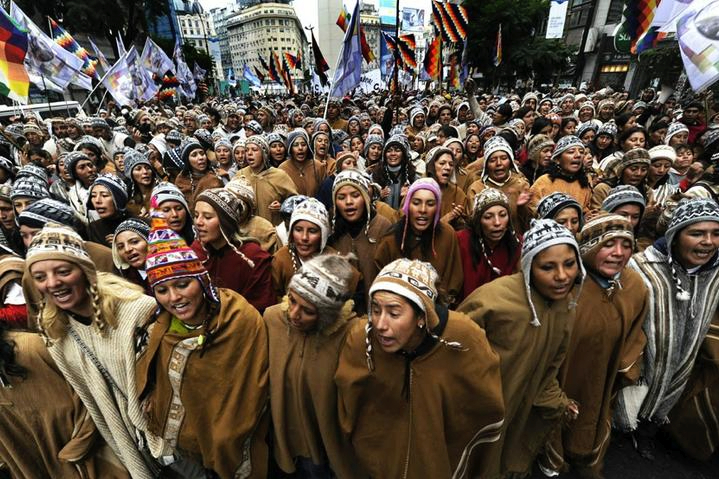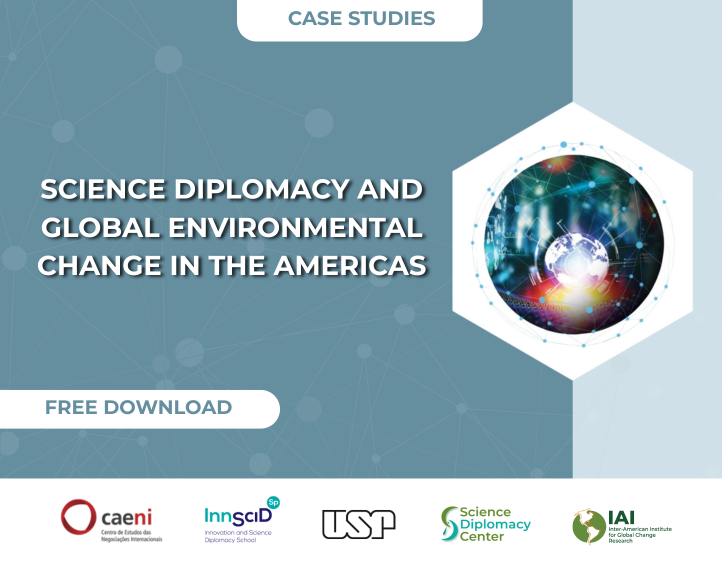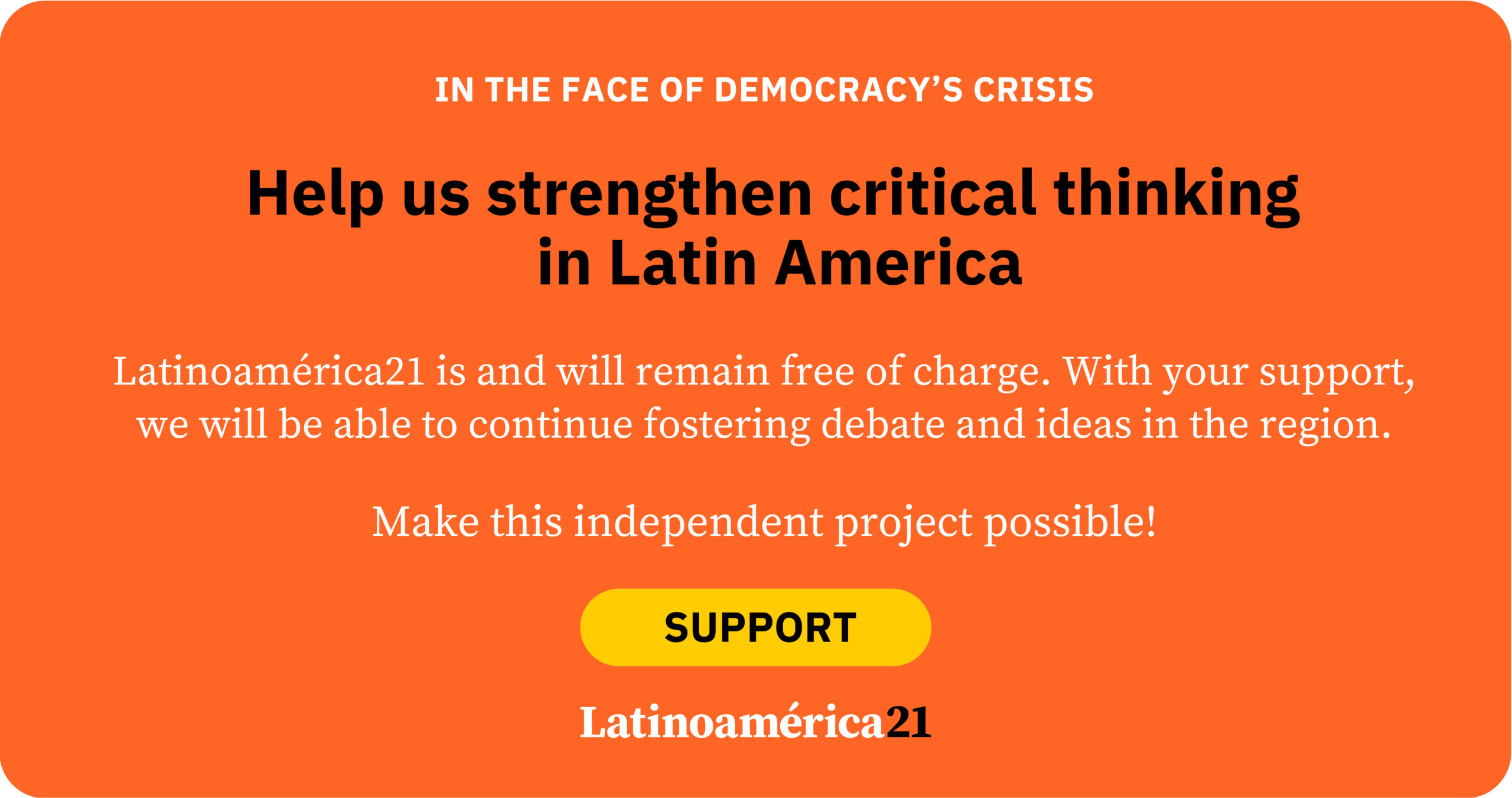Julián, a member of the Wichí indigenous community of Santa Victoria II, gets up early every morning to attend classes in the remote town of Santa Victoria Este, one of the poorest in Argentina, located in the department of Rivadavia near the triple border with Paraguay and Bolivia. The opportunity for Julián to study to become a bilingual intercultural primary school teacher is one of the recent innovations offered by the government of Salta for the department with the largest indigenous population in the province. This opportunity is one of the achievements resulting from the 2020 ruling, after more than two decades of litigation supported by the Center for Legal and Social Studies (CELS). In this ruling, the Inter-American Court of Human Rights determined that the Argentine state had violated the human rights of 132 members of native communities in the case “Indigenous Communities Members of the Lhaka Honhat Association (Nuestra Tierra) vs. Argentina.”
Historically, northern Argentina was part of the Collasuyu in the Inca imperial division, and even today it differs from other provinces in many cultural aspects, which are similar to those of neighboring countries, with the province of Salta being the most culturally and ethnically diverse in the country. However, despite the ruling, structural racism and exclusion ordinary for the members of the different communities who suffer difficulties to survive due to the scarcity of places to work in the area.
In order to face this problem and make the constitutional rights effective, the provincial government proposed the implementation from 1994 with respective delays through the education portfolio, to offer public access careers with bilingual intercultural orientation in the Higher Institute of Education “San Ignacio de Loyola” especially effective from the decade of 2010 onwards. However, after the enrollment stage, more than 70% of the accepted students only spoke Spanish, they were “criollos” without mastery of a second indigenous language, while a significant number of applicants who were entitled by law to access a career that could fulfill their rights were left out. After the strong claims of all the affected native communities together with the Autonomous Union of Native Communities of Pilcomayo (UACOP), the director was removed and more than 90 members of the native peoples had the possibility to retake an exam to start their studies. What happened shows that despite the ruling or what the Constitution says, racism is structural.
The 1994 National Constitution
In the 1994 reform of the National Constitution, the pre-existence of Indigenous Peoples and their right to a bilingual intercultural education was recognized by their provincial constitution. But it was not until the early 2000s the subject began to be debated when the existence of an “unknown” region that had been culturally and intellectually dominated by the center of the country began to take on relevance.
Currently, the focus of culture is opening up to other regions that are beginning to take on relevance with respect to their economic activity and population density, especially the native peoples, after the last census of 2022. According to the census, 1,300,000 people out of almost 46 million are perceived as indigenous.
The vast majority of these communities are economically destitute, below basic subsistence levels. In this context, many members of these communities choose to move from the countryside to the city, suffering acculturation due to the loss of the use of their mother tongue over time and even ignoring — or hiding — their origins due to stigmas about their non-European origins.
Return of land to preserve culture
Reversing this trend is not easy, so according to the 2020 IACHR ruling, 400,000 hectares in the Rivadavia Department of Salta Province, where more than 10,000 people from 132 indigenous communities live, must be declared indigenous ancestral territory. This implies that the entire Creole (non-native) population that invaded and displaced the communities, disrespecting their traditional ways of life with activities of strong socio-environmental impact and contrary to the cosmovision of many communities, must be relocated, giving the Court to the Argentine State a maximum term of 6 years (until 2026) to preserve their right to a healthy environment (according to the Argentine Constitution) with a unique title respecting those areas of common use.
This is unprecedented in the field of Indigenous Peoples’ Rights, as it supports the self-determination of the Communities and their ability to govern themselves much better. The issues faced however are multiple and the historical reparation to be made has a seemingly endless list of challenges.
The ruling also establishes that the basic human rights of the members of the communities, which are severely limited in the area due to, among other things, the lack of access to drinking water, must be preserved. In addition, the state must guarantee real Interculturality, where language and linguistic barriers are considered, which requires professionals with intercultural competencies as defined by the United Nations Educational, Scientific and Cultural Organization. This implies providing communities with services that do not force people to travel more than 160 kilometers to access their legal jurisdiction in the city of Tartagal, since in Santa Victoria Este, for example, judicial matters cannot be dealt with autonomously, and it is always necessary to travel kilometers and kilometers, often for many villagers by bus or in some transport provided by neighbors or friends to address legal issues, seriously hindering access to intercultural justice for an area with so many particularities within the field of law, so they must travel to Tartagal, the new city that is concentrating socio-economic power in the “north of the north” of Argentina.
In short, for the state to fulfill its obligations to the native peoples, it must comply with the minimum premises that certify their existence, such as the Universal Human Rights sanctioned by the Argentine Republic, including access to drinking water and access to intercultural, multilingual justice with civil participation. All these rights are difficult to implement and follow up on in the interior of Salta.
*Translated by Janaína Ruviaro da Silva from the original in Spanish.













